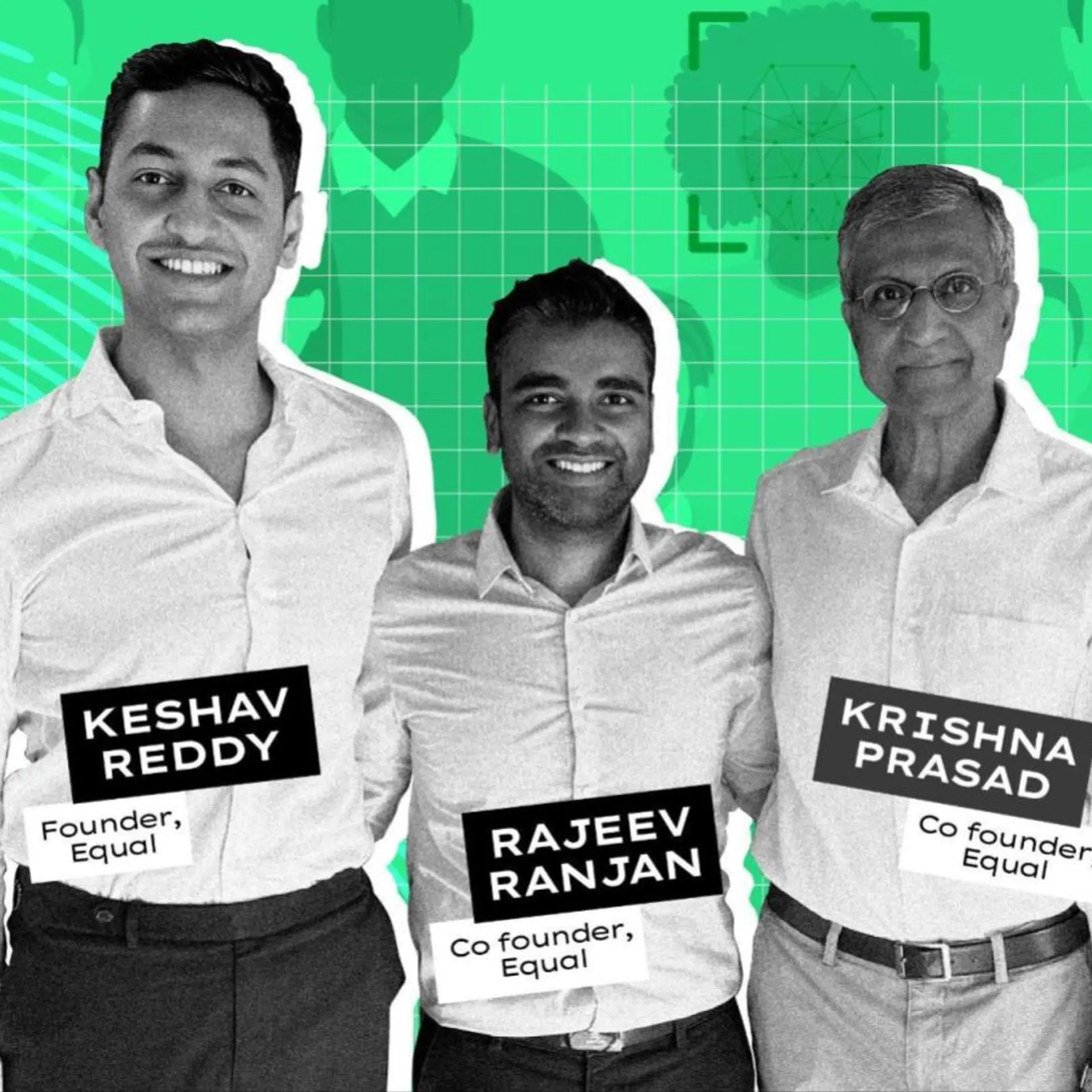
Mana Projects
View Brand PublisherWalking 10 kms in 25 years: Real estate firm Mana Projects is designing dream spaces
Founded by Kishore Reddy in 2000, Mana Projects uses the art of imagineering, a blend of imagination and engineering, to create spaces that exceed customer expectations.
Location, location, location. The first big business lesson that Kishore Reddy learnt from running a hotel in a busy area of Bengaluru was simple. He noticed the drastic change in cash flows as vehicular movement on a road abutting the restaurant changed from two-way to one-way. This lesson remained relevant when he took the plunge into real estate, building apartments, under his firm Mana Projects.
While the IT industry was combating the Y2K problem, Mana’s journey began with two modest residential projects, one in KR Puram and the other in the rapidly changing Bellandur.
Reddy had noticed the market was chock-a-block with multiple developers who were competing largely on price. However, he was convinced that it was better to provide more value for the buck. His residential blocks had marble floors and big windows, helping him sell off the 42 units quickly.
Starting up
The initial years brought numerous personal and business challenges as Reddy had to convince his parents that entrepreneurship was his calling. A native of Nellore, he persuaded them to move to Bengaluru, where he had extended family, and operated from a makeshift office in his Maruti 800 car.
The other major hurdle was raising money for his capital-intensive real estate business. However, he deftly navigated these challenges and started the flywheel of long-term growth.
“In our 24 years we’ve just walked 10 km, mostly around Sarjapur road,” he says, revealing how neighbouring landowners signed up with Mana to develop their land parcels.
The 2008 financial meltdown in the US threw a spanner in the works of the global economy and dimmed the prospects for Reddy and Mana Projects as well. “Real estate works in cycles. The forecasts looked grim. But I was confident this was only in the short term. I wanted to be ready when the next boom came,” he says.
To tide over dropping demand, he took up contracts to be able to expand his team. He was always playing the long game and making the necessary adjustments in the short term. Another far reaching decision he took was not to develop layouts, despite it being less capital intensive. “ I knew there was a limit to how much I could scale in developing layouts due to paucity of large land parcels,” says Reddy, contrasting it with building apartment units which were more organised and could be ramped up.
The effort to expand the team during leaner months held Mana in good stead when there was an uptick again in 2010. The company took up a project set on 1 acre of land and built nearly 100 units. Until then, Reddy’s team had built apartments with 40-50 units per project.
The next big challenge hit the world simultaneously. Amid COVID, Reddy’s long-term view came into play again. Mana’s employees were relieved to receive salaries and even bonuses!
In a sea of gloom and doom, Reddy recognised the mental problems the pandemic was posing and began organising Zoom calls for yoga sessions and upskilling workshops. This won him his employee’s loyalty. “We relax like a family but work like an army,” Reddy says about the work culture at Mana.
Talent is the heart of Mana, but the consumer is the soul. Having multiple projects around Sarjapur means that Mana has to give each project a distinct identity. For instance Mana Macasa, which goes against the notion that millennials don’t buy property but invest in experiences. “We knew that millennials didn’t have the interest to pick furnishings or furniture. So we offered a fully furnished apartment,” Reddy says. Apart from the fully furnished apartments, Macasa offered a jam room and coffee shop. The project was sold out.
In Mana Capital, the apartments offered movable walls and kitchen gardens, catering to consumer demand during COVID for homes with rooms that did double duty and allowed families to grow their own vegetables.
Mr. Reddy has an agricultural background, and he brought the experience of working in verdant fields to Sarjapur, one of the most concretised parts of Bengaluru. Mana Foresta offers lush vertical gardens, including fruit-bearing trees. “I took our team to Italy to understand vertical forests and implemented them in Mana Foresta. We learnt how to reinforce the structure for heavy plants placed on the corner of the structure,” he says.
In Mana Tropicale, the team built in the apartments around fully grown mahogany trees, designing tree-hugging balconies.
Over the years, Mana has ensured that construction quality remains top-notch. “Every project has a QC lab and all materials that come in are tested for their quality. Our concrete is mixed centrally ensuring that the mix used is consistent across the project,” Reddy says.
Mana has covered a lot of ground in 24 years but is not done yet. “In the next five years, the we aim to build 15 million square feet, a combination of commercial, residential, and retail spaces. The ongoing projects include a mega 100-acre township, which aims to provide ample sport facilities for kids and make the dreaded Bengaluru commute redundant, and Mana Dale, high-rise residential housing with a 100-year-old banyan tree as its centrepiece,” says Kishore.







